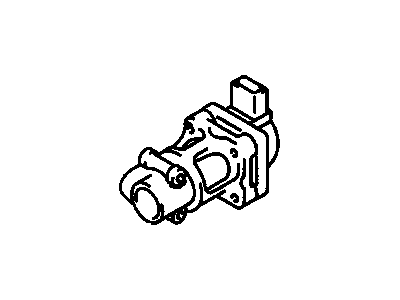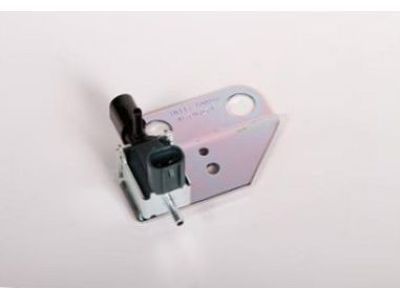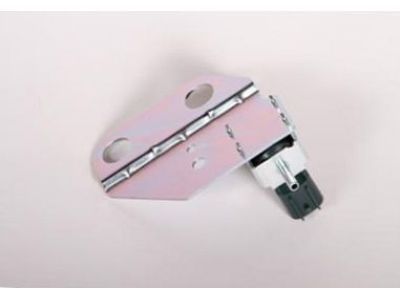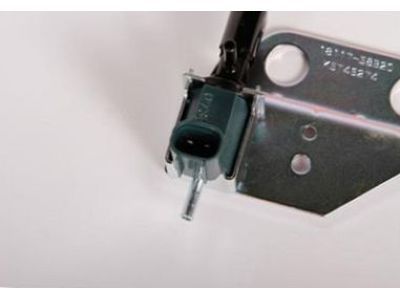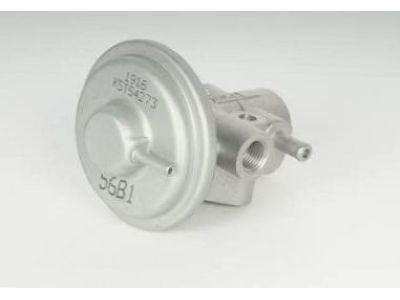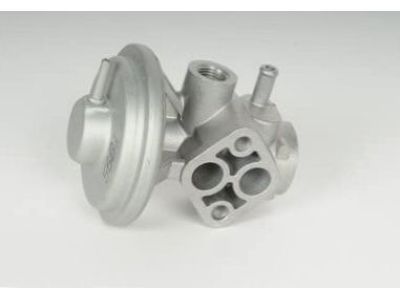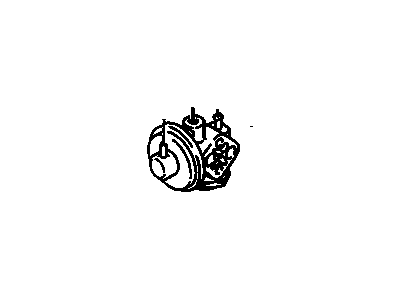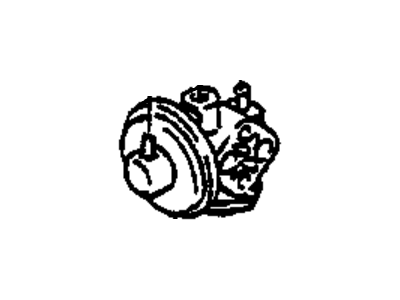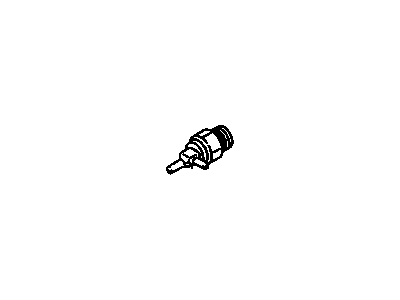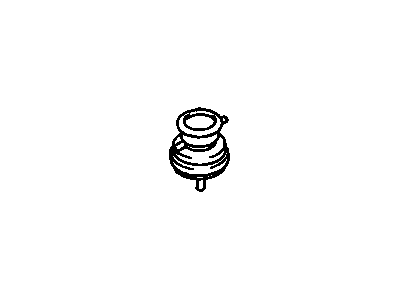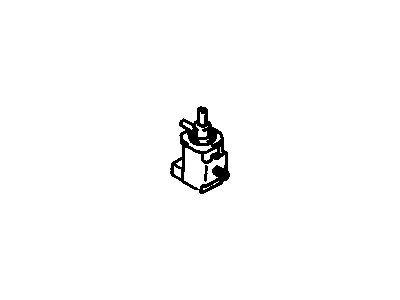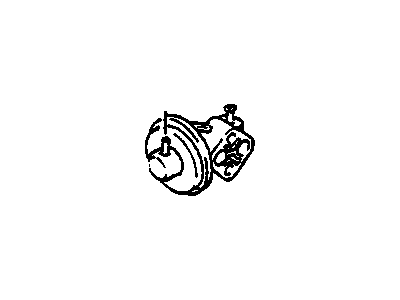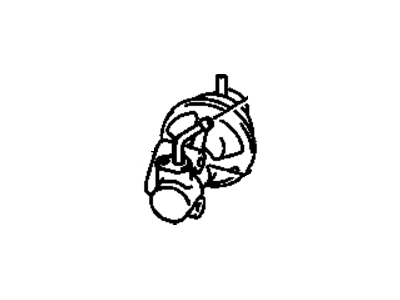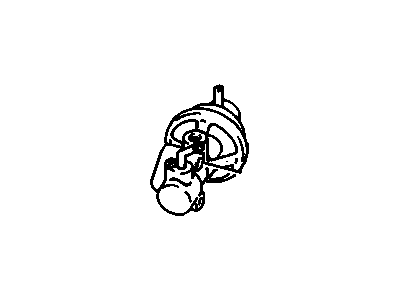
My Garage
My Account
Cart
Genuine Chevrolet Tracker EGR Valve
Emissions EGR Valve- Select Vehicle by Model
- Select Vehicle by VIN
Select Vehicle by Model
orMake
Model
Year
Select Vehicle by VIN
For the most accurate results, select vehicle by your VIN (Vehicle Identification Number).
16 EGR Valves found
Chevrolet Tracker Valve, Air Cut Off (On Esn)
Part Number: 30026498$35.86 MSRP: $101.40You Save: $65.54 (65%)Ships in 1-2 Business DaysChevrolet Tracker Valve,EGR
Part Number: 91177631$96.28 MSRP: $181.67You Save: $85.39 (47%)Ships in 1-2 Business Days
Chevrolet Tracker EGR Valve
The EGR Valve in Chevrolet Tracker cars regulates the circulation of parts back into the burning compartment to minimize air pollutants when the proportion of air and fuel is imbalanced. It also prevents the releasing of Nitrogen oxide into the environment by recirculating the exhaust gas and reducing the temperature of combustion hence do not allow formation of Nitrogen oxide. This has commencing from simple orifice jets up to a complicated control of valve that is prompted by the condition of the engine and the current flow of EGR is now regulated depends with the load on the engine. Although EGR is useful in the emissions control, some engines such as Chrysler Pentastar 3.6 are known to exclude it. Attention should be paid to the fact that a carbon layer is formed, which can clog the EGR valve, so it is necessary to carry out frequent cleaning.
Each OEM Chevrolet Tracker EGR Valve we offer is competitively priced and comes with the assurance of the manufacturer's warranty for the part. Furthermore, we guarantee the speedy delivery of your orders right to your doorstep. Our hassle-free return policy is also in place for your peace of mind.
Chevrolet Tracker EGR Valve Parts Questions & Experts Answers
- Q: What is the location and common problem with the EGR valve on Chevrolet Tracker?A:The EGR valve is usually located on the intake manifold, adjacent to the carburetor or TBI unit. Most of the time when a problem develops in this emissions system, it's due to a stuck or corroded EGR valve. On earlier models its possible to check the valve operation. With the engine cold to prevent burns, push on the EGR valve diaphragm. Using moderate pressure, you should be able to press the diaphragm in-and-out within the housing. On earlier models it is possible to check the EGR valve by reaching under it and pushing on the diaphragm with a finger-it should move smoothly within the housing. If the diaphragm doesn't move or moves only with much effort, replace the EGR valve with a new one. If in doubt about the condition of the valve, compare the free movement of your EGR valve with a new valve.

